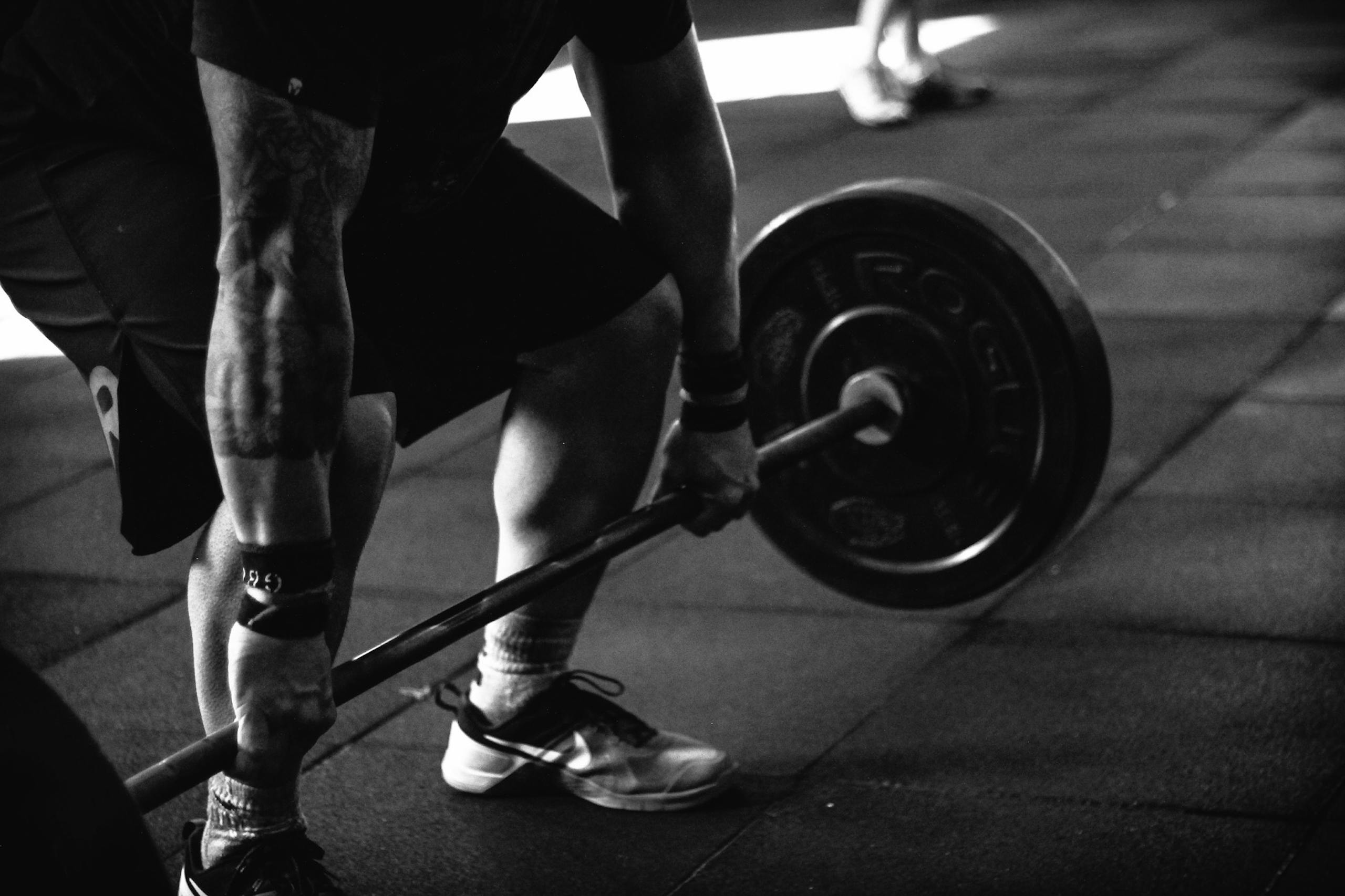Resistance Training Science

Whether you’re goal is to increase muscle size, get stronger — or both — resistance training is the way to get there.
In this article we will take a close look at what resistance training is, how muscles work, how to make them grow, debunk common muscle building myths, and take a deep dive into the scientific literature to see what actually works.
You will end up with a deep understanding of which levers to pull to maximize your hypertrophy or strength goals, without wasting unnecessary time and effort on stuff that doesn’t work.
Ready to optimize your muscle building journey? Let’s get started.
What Is Resistance Training?
The Architecture of Skeletal Muscle
To understand how to increase muscle size, let’s look at what muscles actually are. Note that from hereon out, whenever I simply talk about muscle, it refers to skeletal muscle.
Purpose of skeletal muscle
As the name implies, skeletal muscles attach to and move our skeleton. Compared to smooth or cardiac muscles, skeletal muscles are under voluntary control, i.e., we can contract them whenever we want to.
Types of Muscle Contractions
- Isokinetic (eccentric, concentric)
- isometric
Muscle Hypertrophy In-Depth
As defined in the Oxford English Dictionary, the word hypertrophy is a combination of the Ancient Greek words “hyper” (meaning over, excessive, or beyond), and “trophe” (meaning nourishment or growth).
Typically, hypertrophy describes an abnormal increase in the size of cells, tissues or organs, often associated with an increased number of cell components like proteins (see Merriam-Webster definition).
In the context of exercise and fitness, hypertrophy generally relates to an increase in the size of skeletal muscle (as opposed to smooth or cardiac muscle).
Benefits of Increased Muscle Size
To mention:
- Disease prevention or delay (reference studies on various cancers, Alzheimer’s, heart disease, Parkinson’s?, etc.)
- “Fluffy” brain
- Mental health
- Confidence
- Reduced risk of injury (including joint health)
- Increased metabolic rate
How To Maximize Muscle Hypertrophy
Note: genetics; exercise variables (training volume, rep range, rep duration, frequency/sets per week, muscular tension, periodization, etc.); nutrition variables; sleep;
Genetics
Training variables
- Movement tempo (reference) → affects time under tension
- Volume
- Load
- Exercise selection
- Exercise order
- Rest between sets
- Rep range
- Training to failure
Periodization
Nutrition
Impact of alcohol, coffee
Recovery
- Stretching
- Light exercise
Stretching
- Active vs. passive
- Yoga
- ROM
Types of Resistance Training
Free weights, machines, resistance bands, bodyweight